The PIOMAS Arctic sea ice volume numbers for January 2017 have just been published. Yet another new record low for the date:
Here’s the PIOMAS gridded thickness for January 31st, courtesy of Wipneus at the Arctic Sea Ice Forum:
Somewhat anomalously it shows the thickest ice some distance away from the coast of Greenland and/or Ellesmere Island. Here too is Andy Lee Robinson‘s updated PIOMAS “Arctic death spiral”:
Meanwhile yet more anomalously warm air is entering the Arctic Basin from both the Pacific and Atlantic sides:
That sort of thing has happened quite a few times over the 2016/17 freezing season, as you can see from this graph of cumulative Freezing Degree Days (FDD for short):
The FDD graph is based on the same data as the probably much more familiar DMI “Daily mean temperatures for the Arctic area north of the 80th northern parallel” graph:
Things are warming up in the Arctic once again.
Whilst we await the arrival of the forecast anomalous warmth, how are some other metrics coming along? Here’s the high resolution AMSR2 area and extent:
It looks like they’re back in the “normal” range for now, does it not?
Things currently still look fairly frosty over on the Pacific side of the Arctic, as you can see from the webcam at Utqiagvik (Barrow as was):
However over on the Atlantic side (and especially for “Richard”!) melting can now be observed on Svalbard:
An extremely powerful cyclone off Greenland is pumping heat and moisture northwards:
Note that the cyclone’s MSLP fell to 940 hPa earlier today. This is the GFS precipitable water forecast for Wednesday lunchtime:
Finally, for the moment at least, here’s the current weather forecast for Longyearbyen in Svalbard:
All in all there’s plenty more heat and moisture on the way.
The temperatures in Svalbard have now dropped back below freezing point:
As temperatures over parts of the Arctic Basin have reached zero degrees Celsius and above, Arctic sea ice extent has been declining:
Now take a look at area:
Area has declined a lot! That’s because sea ice concentration is now noticeably <100% across much of the Arctic:
There’s also been a discernable change in slope of the DMI freezing degree days graph:
There’s been a late spurt of growth in both area and extent, which are now back in the pack of previous years:
The newly frozen areas are currently still very thin:
Meanwhile northern hemisphere snow cover has started to melt in earnest:
Watch this space!
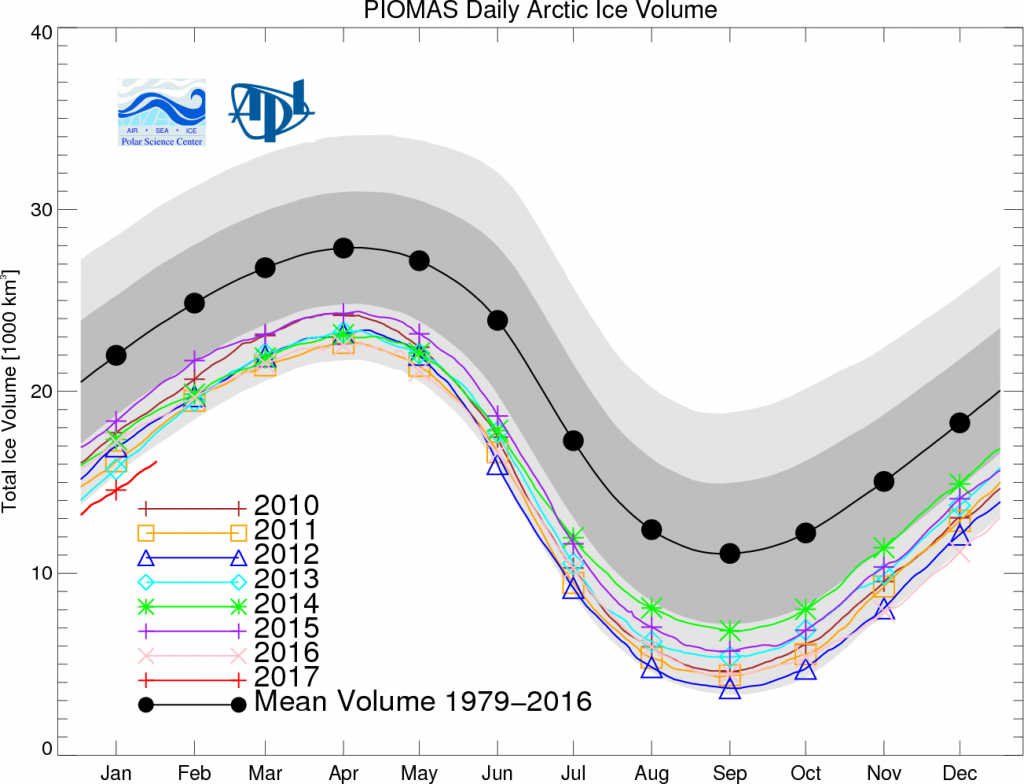
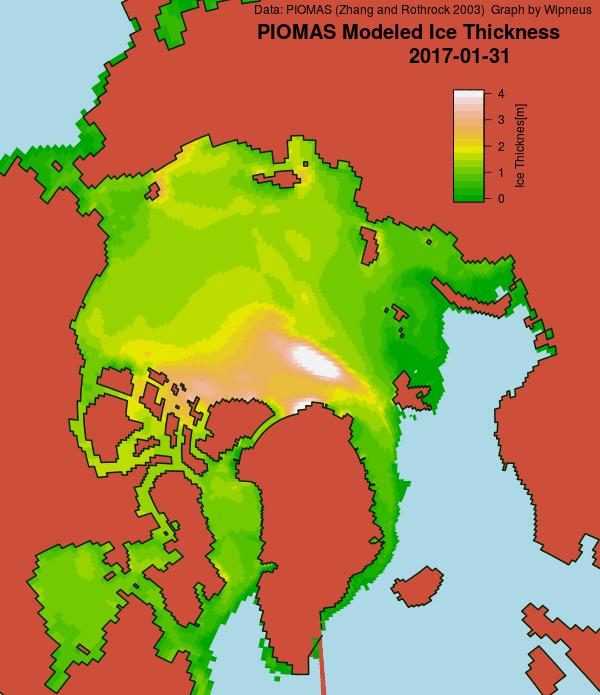
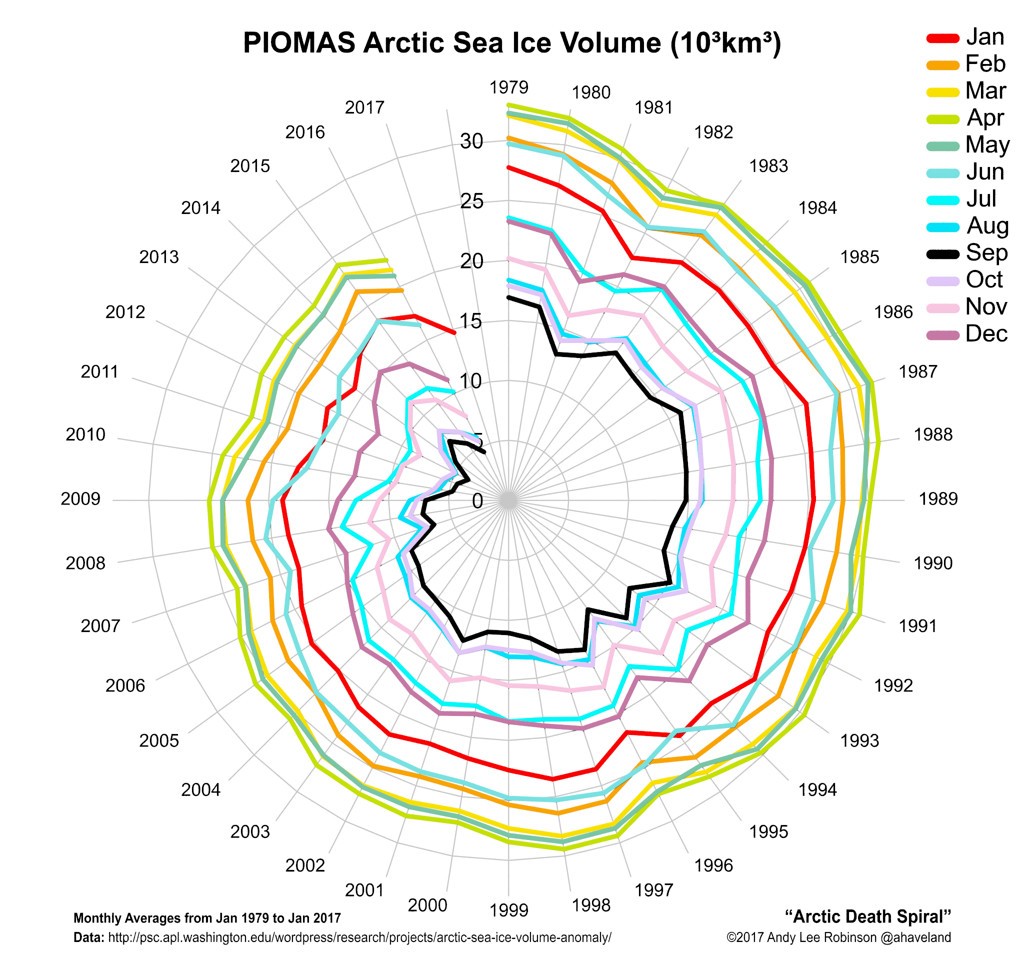

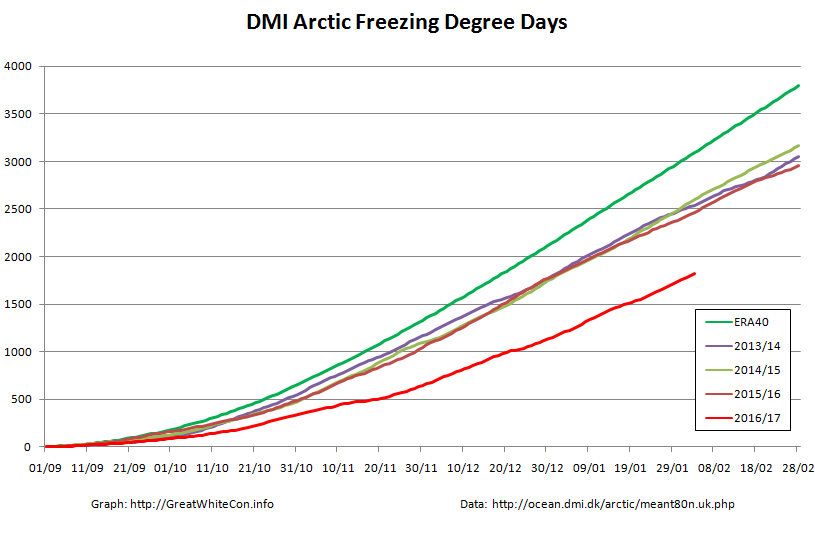
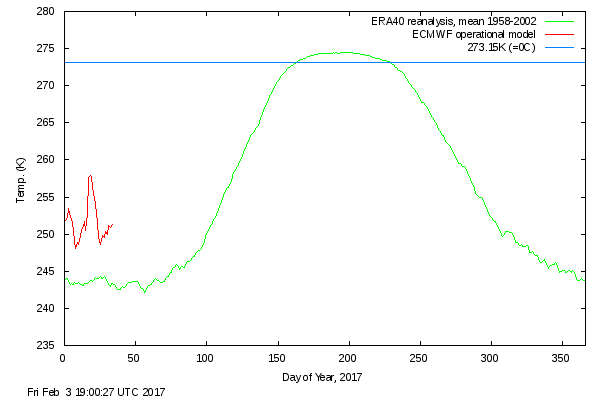
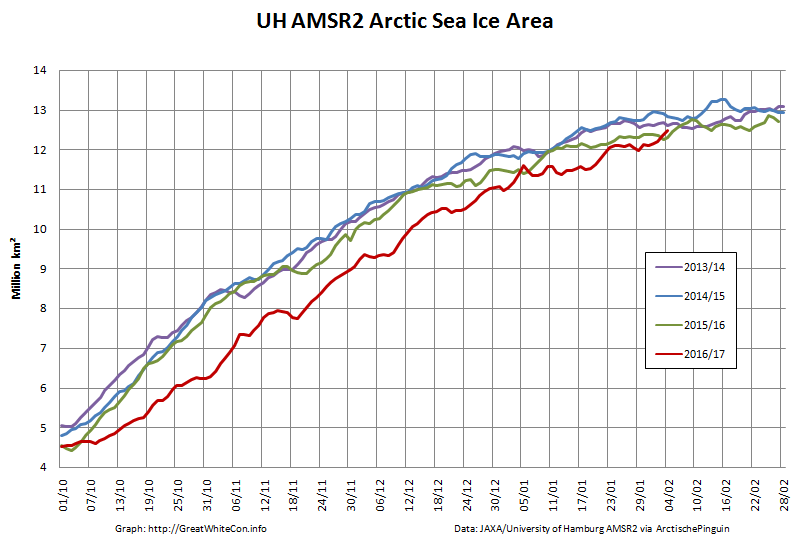
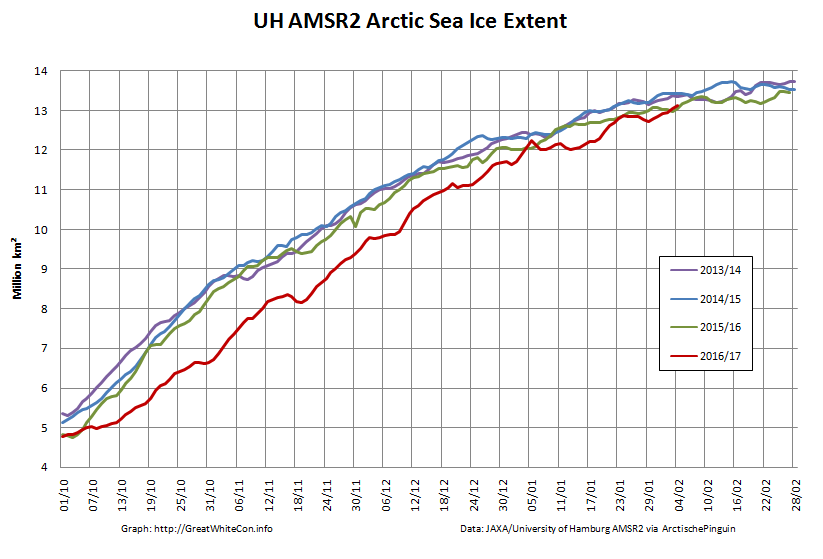
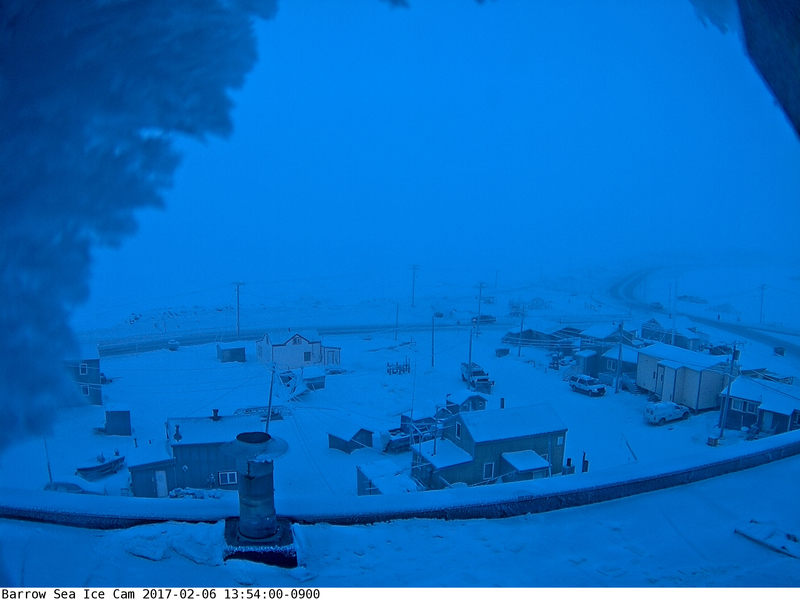
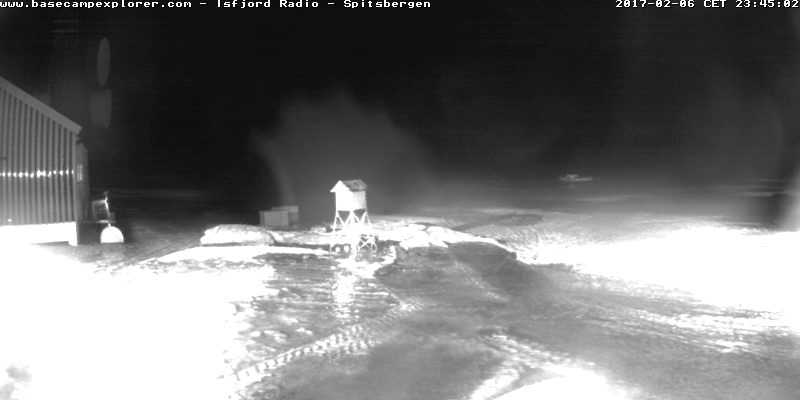
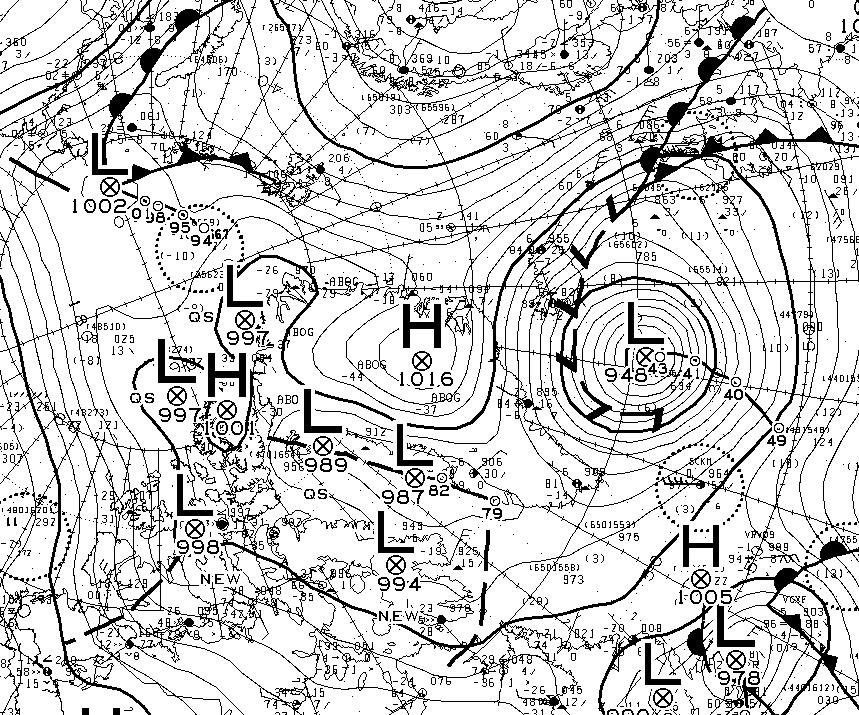

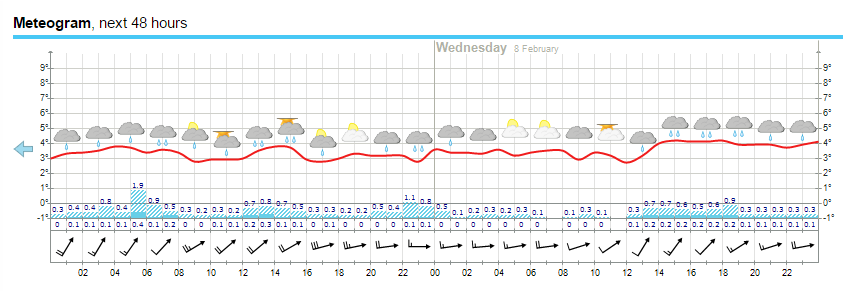
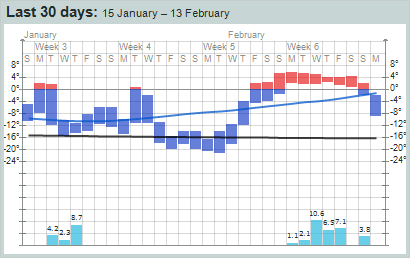

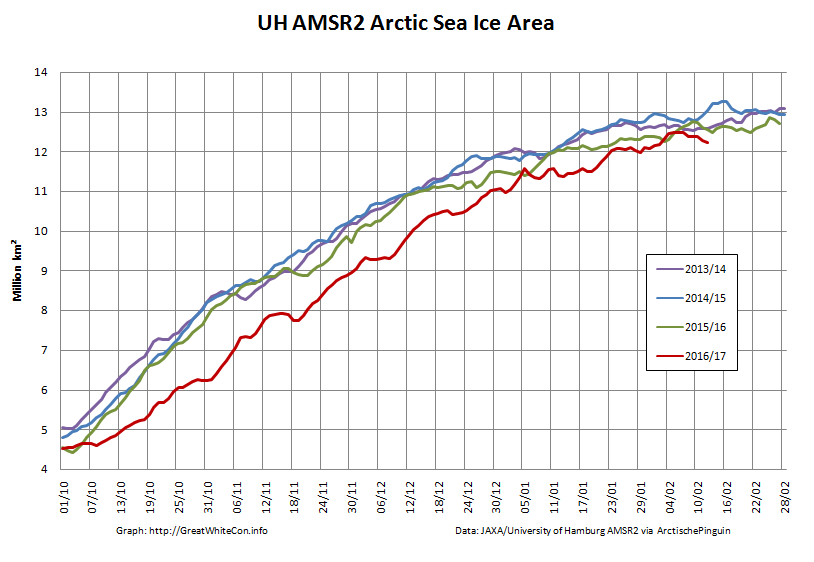

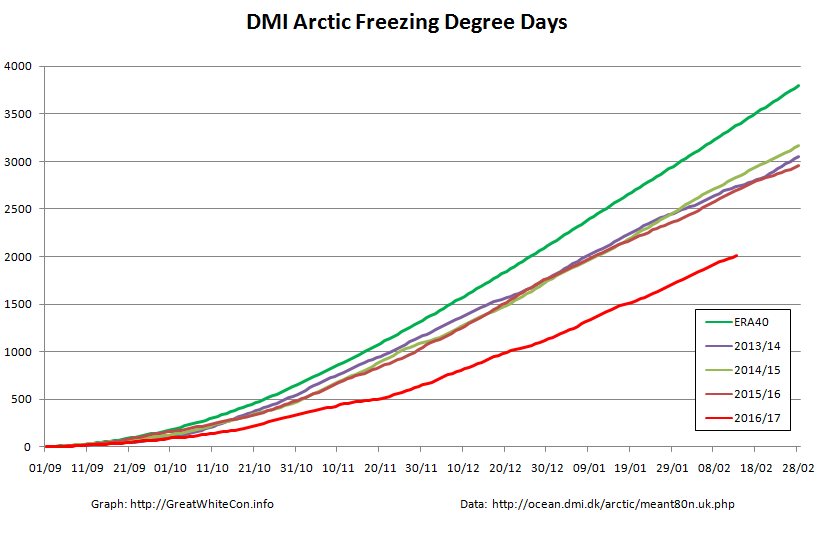
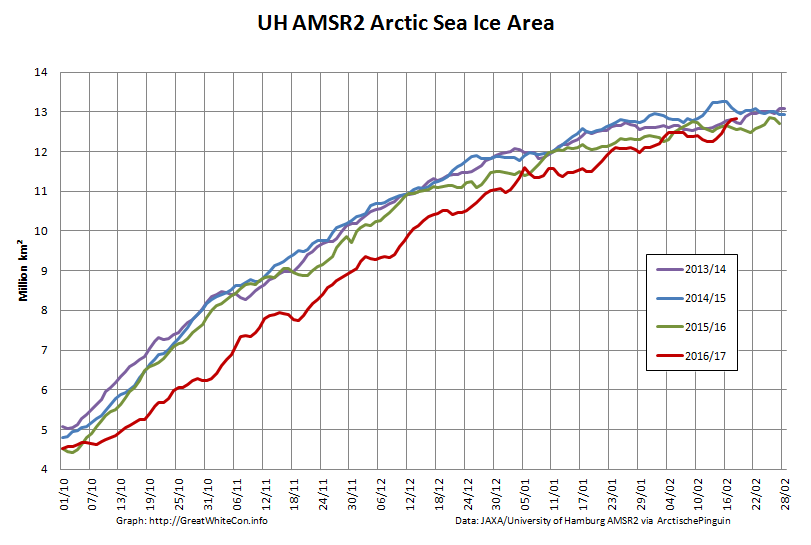

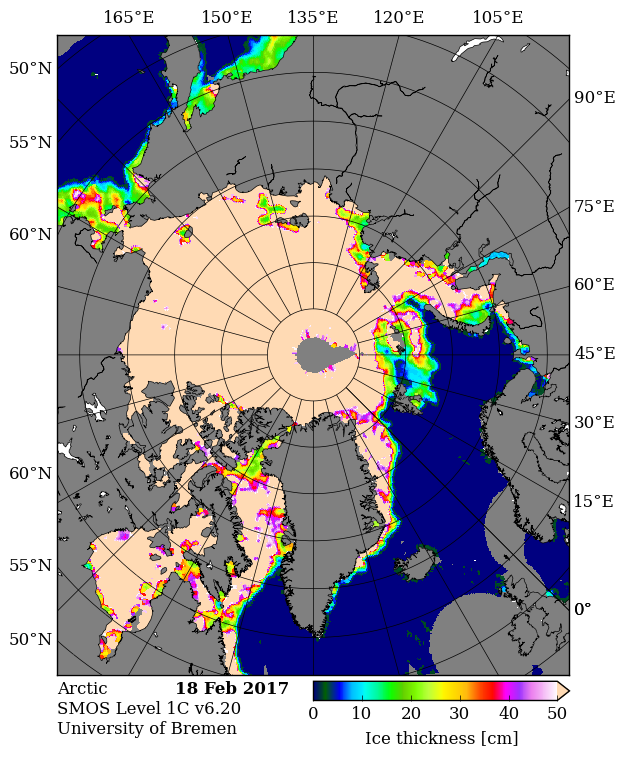
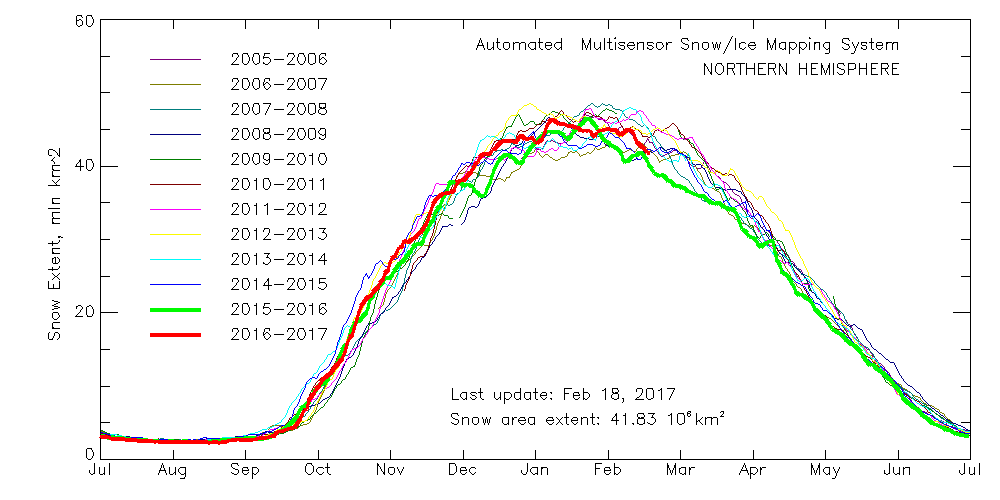
Depends how you define “normal”. Just crossing the previous lowest ever?
Sadly, this doesn’t cut any ice with the deniers, who dominate Congress and Trumpworld. They don’t care, they’re “winning” (also known as “losing” for all of us).
You get my drift Susan!
The “Steve Goddard‘s” of this world are as happy as pigs in “mud” when such (increasingly rare?) events occur. However on this occasion I have bigger fish to fry, such as the Congress you mention!
You may be interested to read the abstract of my latest learned journal submission?
https://www.researchgate.net/project/Alternative-Facts-in-the-Arctic
Looks like Arctic scare is over. I have this bet about the extent next September on my blogosphere. Only £100. No- one has taken it
May I call you Richard?
I don’t think the “Arctic scare” as you put it “is over”.
I have taken much bigger bets than that in the past. Long term ones though!
Oh, now! I was thinking today the Arctic scare it’s just beginning…
To complete our Arctic heatwave update above, here’s the current SMOS Arctic sea ice thickness map:
Following the recent “heatwave” there’s now a “cold snap” across the Arctic. See the latest update above.
DMI “Daily mean temperatures” are the lowest they’ve been all year, but still above the climatology:
A brief period of almost “normal” temperatures is, however, barely noticeable on the graph of accumulated freezing degree days:
Perhaps the time is rapidly approaching when we can start to speculate about the 2017 maximum Arctic sea ice area and extent? As a reminder, according to the NSIDC last year’s maximum extent of 14.52 million square kilometres occurred on March 24th. However according to JAXA’s AMSR2 based metric the maximum extent of 13.96 million square kilometres occurred on February 29th!
Here’s the Canadian Ice Service’s latest “State of development” map of the Western Arctic:
>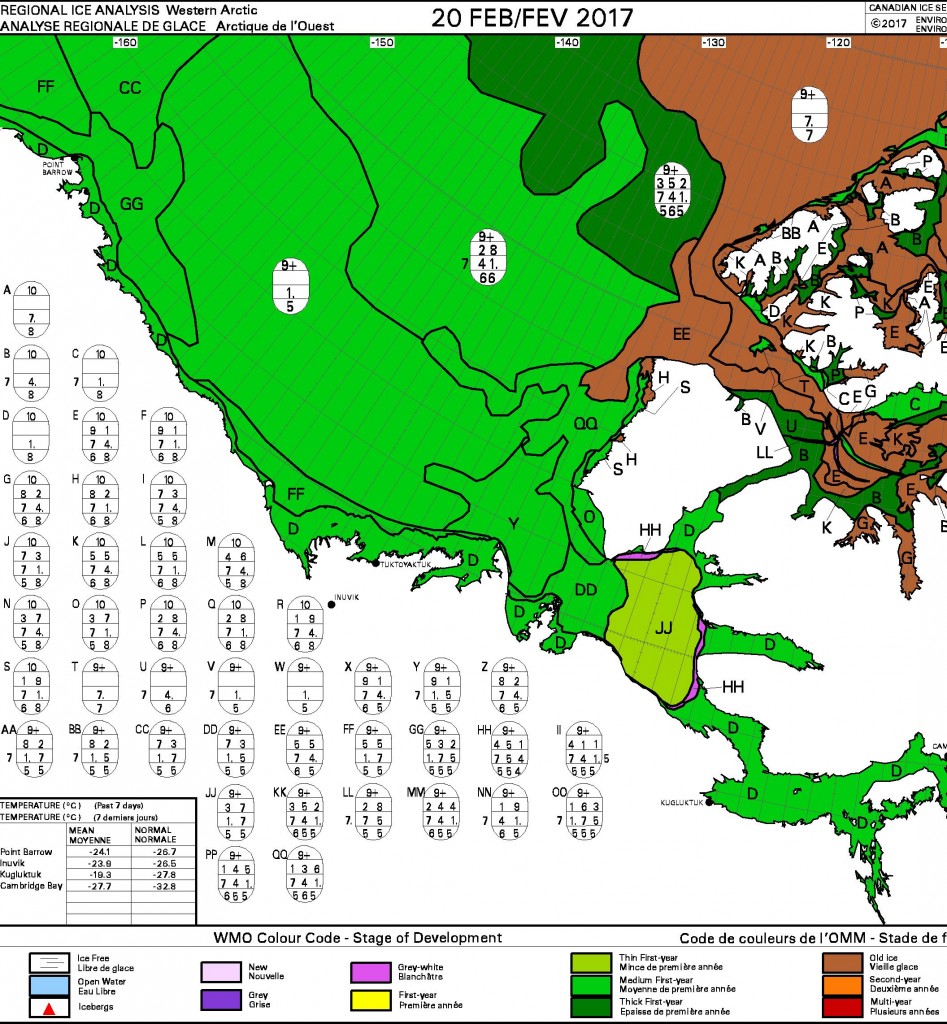
Virtually the whole of the Beaufort sea is 70 – 120 cm thick “medium” first year ice
DMI “Daily mean temperatures” above 80 degrees North are increasing again, still without falling below the climatology last year or this:
Freezing degree days are still well below all previous years: